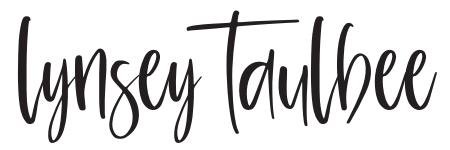Boosting Your Net Profit: Strategies for Flower Farmers
You’ve crafted a profit plan to guide your business towards profitability in the coming season. But what if the numbers aren't as encouraging as you hoped? Maybe your profit margins are slimmer than expected, or the overall profit just doesn't meet your goals. Don't worry! There are ways to turn this around.
But before we get into tactics, let’s revisit the formula for net profit. Essentially, it’s your sales minus your expenses. (Sales - Expenses = Net Profit) And your total sales are calculated by multiplying the quantity of items sold by their respective prices. (Quantity Sold * Sales Price).
So why am I telling you about these 2 simple equations?
The 2 equations reveal the 3 ingredients that go into your net profit. If your projected net profit doesn’t excite you, it's time to adjust the inputs which are:
the quantity you sell
your pricing
your expenses
or a combination of the above
By focusing on three key areas – selling more items, increasing prices, and reducing expenses – you can boost your net profit. Let's look at each of these areas with specific examples for your cut flower business.
Selling More Flowers:
Example: Offer Bundled Discounts at Your Flower Stand
Every time your flower stand is open, encourage customers to purchase more by offering a bundled discount. For instance, if a single bouquet is priced at $20, you could offer a special deal of 2 bouquets for $35. (I used to do this all the time!) This strategy not only increases the total sales per customer but also makes it more enticing for them to buy more than they initially planned.
Increasing Prices:
Example: Reevaluate Your Pricing
Take a moment to assess what you're currently charging for your bouquets. Are you pricing them adequately? Remember, your price reflects more than just a number; it conveys the value and quality of your flowers. If you're unsure about the right pricing, our bouquet pricing calculator can be a helpful tool.
Also, consider my experience in 2023 when I eliminated annuals to focus on a few high-value flowers: peonies, dahlias, tulips and ranunculus. This shift allowed me to significantly increase my prices because I was offering more specialized and sought-after varieties. And higher pricing means higher net profit.
Reducing Expenses:
Example: Limit Your Seed (and Tuber) Purchases this Winter:
I know it’s cold outside. I know you are missing flowers. I know those seed catalogs keep showing up in your mailbox. I know!
But don’t get swept up in the excitement of new seed varieties and new-to-you dahlia tubers which leads to overspending before the season even begins. To avoid this, set a limit for yourself such as only placing two seed orders for the season. By doing this, you will not only reduce your upfront expenses but also streamline your seed starting operations.
By examining these three critical aspects of your profit plan – sales volume, pricing and expenses – you can find ways to improve your net profit. Remember, small tweaks can lead to significant changes. As a flower farmer, your passion for your product is evident, but combining this with smart, strategic financial decisions will ensure your business not only survives but thrives.
If you are looking for more ways to boost your farm's profitability and efficiency, I have just the series for you: 52 Ways to Work Smarer Around the Farm. This collection of tactics is what propelled my own farm, Muddy Acres Flower Farm, into a successful multi-six-figure business all with the help of just one part-time employee.
In this no fluff, straight to the point series, you'll find a wealth of practical strategies. Each one has been tried and tested on my farm ultimately leading to a significantly higher net profit. Whether you're looking to reduce waste, find more time or boost sales, this series has you covered.
Join me in uncovering the secrets to running a successful and profitable farm with less stress and more efficiency.


